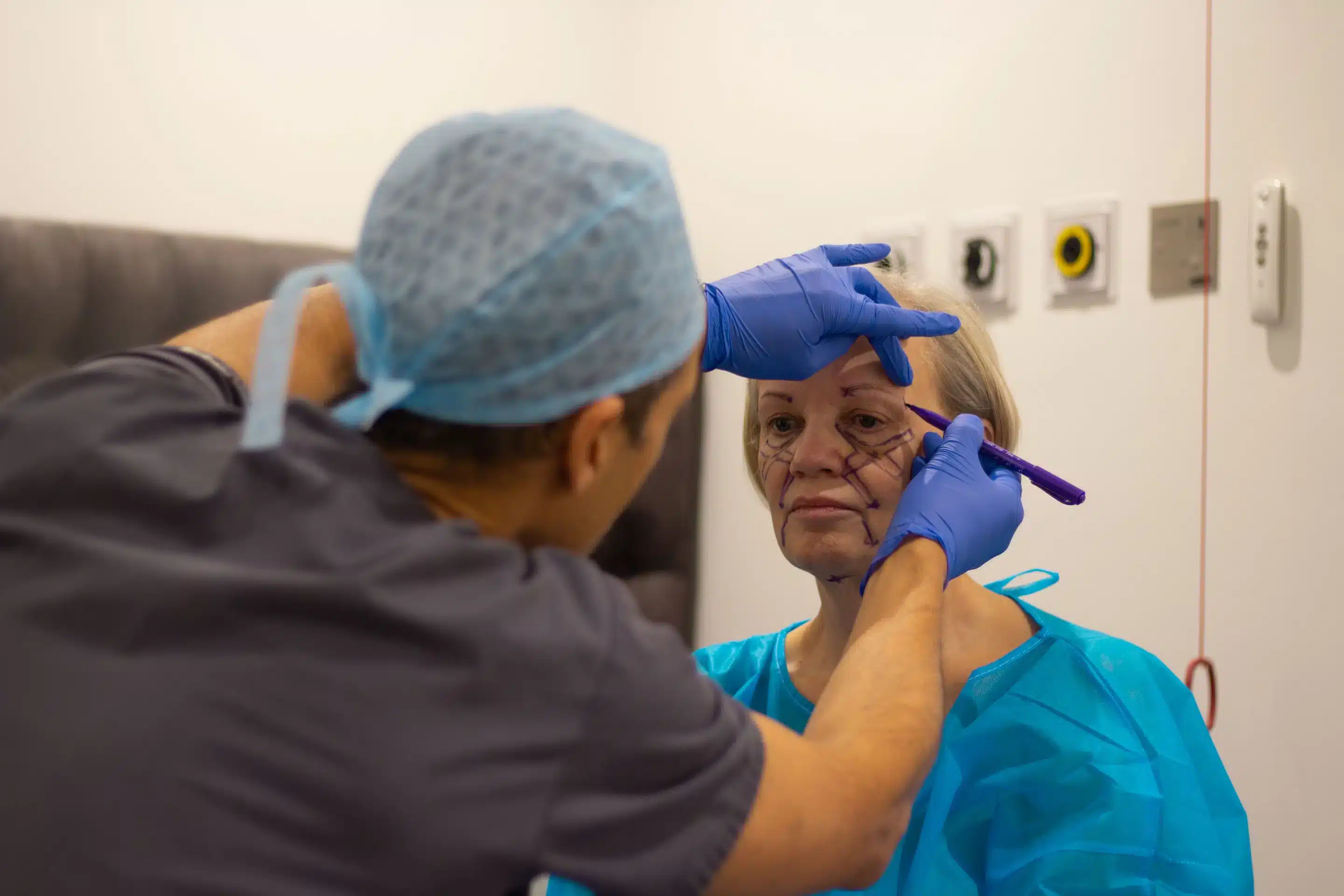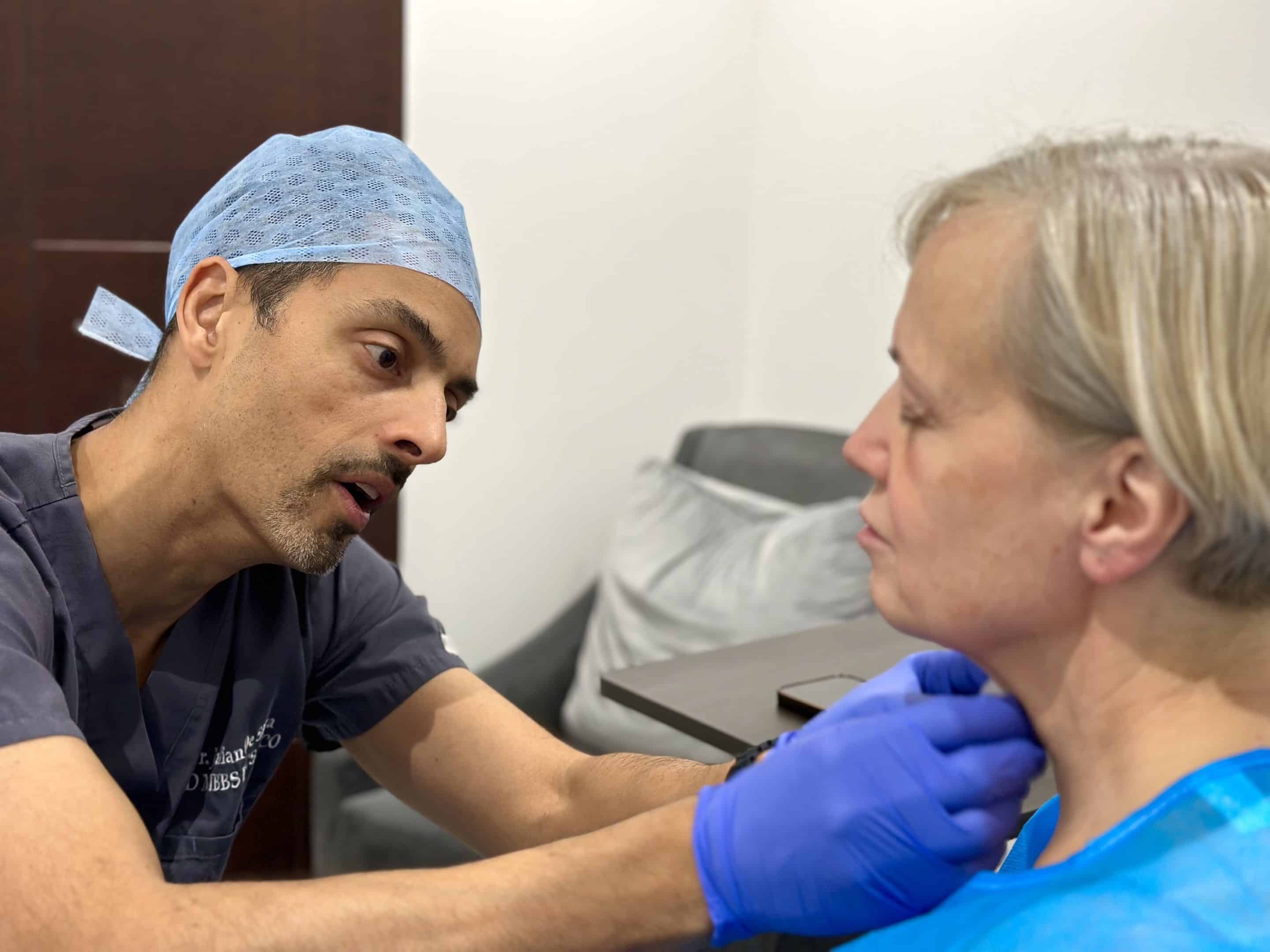Knowing how much a deviated septum surgery cost helps determine the best procedure for you.
Some people are born with a deviated septum. Others get it from accidents. Knowing how much a deviated septum surgery cost helps you make an informed decision about treatment.
Whatever the cause of your deviated septum is, having the condition negatively affects your daily life. From difficulty breathing to nasal infection, a deviated septum must be treated.
Sometimes, medicine can help. However, it is often not enough. A deviated septum surgery is the only permanent solution to your problem.
In this article, I’ll discuss deviated septum surgery cost, causes, and recovery.
What Is a Deviated Septum?
A broken septum can be corrected through deviated septum surgery.
The nasal septum is the cartilage that separates your nostrils. It is usually found at the center. The nasal septum is supposed to divide the nostrils evenly.
However, for some people, it isn’t the case. Many patients have an irregular septum that makes one nostril bigger than the other.
This irregularity is known as a deviated septum. Severe irregularity can cause complications such as difficult breathing and nasal infection.
A deviated septum is highly common. The American Academy of Otolaryngology states that approximately 80% of all septums deviate to some degree.
In addition, a deviated septum requires medical attention if it causes health issues or negatively impacts one’s quality of life.
Causes of a Deviated Septum
A deviated septum surgery is attributed to many factors.
A deviated septum has two main causes― congenital malformation and accidents.
A fetus can develop a deviated septum while in the uterus or womb. It can also be caused by the birthing process, making a deviated septum a congenital condition. This means that some people are born with a deviated septum.
In particular, heavy babies whose mothers had difficult deliveries are more prone to having a deviated septum.
Deviated septums that occurred at birth usually have a C or S shape. They typically occur in the front of the nose and are smooth. The appearance of the deviated may increase as the patient ages.
Those who did not have deviated septums at birth might develop it later in life due to accidents. Falls, sports injuries, or car accidents can cause a deviated septum.
Injury-related or traumatic deviated septums tend to look irregular and have a severe angle. They also equally impact nasal septum regions and can include fractured or dislocated cartilage.
Due to these, deviated septums caused by accidents are often severe.
Deviated Septum Symptoms
There are various symptoms associated with a deviated septum.
Here are deviated septum symptoms you must know about.
1. Difficulty Breathing
A deviated septum blocks the nostril/s. Due to this, people with deviated septums can’t breathe properly. This becomes more intense when you have a cold that causes your nasal passages to swell.
2. Nosebleeds
A patient with a deviated nasal septum might suffer from frequent nosebleeds. Worse, these nosebleeds can happen out of the blue. It’s because the broken septum causes one or two nostrils to dry and form crusts. When you blow or hit your nose, the crusts dislodge and cause bleeding.
3. Sinusitis
A deviated nasal septum can cause inflammation of the sinuses― the four paired cavities in the head. They make mucus that keeps your nose moist, protecting it from bad bacteria. Normally filled with air, the sinuses become blocked by a deviated septum. As a result, they become inflamed, making your nose prone to harmful bacteria.
4. Nasal Infections
Since your sinuses can’t drain properly, a deviated septum can also cause nasal infections. Your nose becomes a breeding ground for harmful bacteria. Consequently, you get frequent and painful nasal infections.
5. Headache
A deviated septum can also lead to headaches. When you get a nasal infection, your sinuses get pressured. This pressure alone is enough to cause a headache. This can also aggravate the condition of people suffering from migraines.
6. Whistling Breath
The irregular size of your nostrils can cause nasal whistling. When one nostril is extremely large while the other is extremely small, you might hear whistling sounds when you breathe.
7. Sleep Apnea
In some cases, a deviated septum can worsen sleep apnea. It is a condition where breathing stops during sleep. In particular, a deviated septum worsens sleep apnea by further obstructing the nostrils during sleep. However, a deviated septum doesn’t cause sleep apnea― it only makes the condition worse.
Deviated Septum Treatment
Deviated septum surgery offers a permanent fix.
Whether you’ve had your deviated septum at birth or developed it after an accident, there are many treatments for you.
Medication can relieve the symptoms of a deviated septum, but it is not a permanent solution. If you want a permanent solution to your deviated septum, consider getting surgery.
There are two kinds of surgeries that you can have to fix your deviated septum― septoplasty and septorhinoplasty.
Deviated Septum Surgery Preparation
You must have a consultation before any deviated septum surgery. During this consultation, we’ll talk about your goals. Then, I will discuss the options with you. After arriving at the best procedure for you, we can set a schedule for it.
Deviated Septum Surgery Recovery
Deviated septum surgery recovery depends on many factors such as the type of surgery and presence of complementary procedures.
Septoplasty: Deviated Septum Surgery
Septoplasty is a deviated septum surgery that aims to restore function.
Septoplasty is the most common permanent solution to a deviated septum. Septoplasty is a surgical procedure that is done to fix a deviated septum.
Septoplasty takes around one to one and a half hours to complete. Septoplasty surgery can last longer depending on the complexity of the condition.
During septoplasty, an incision is made to access the septum. Then, the protective covering (mucous membrane) of the septum is lifted. The septum is then moved to the right position, removing or repositioning bones or cartilage on the way. Lastly, the mucous membrane is repositioned.
Deviated Septum Surgery Cost: Septoplasty
A septoplasty or deviated septum surgery cost depends on many factors. To begin with, it depends on the expertise of the doctor doing the surgery. For instance, septoplasty with a cosmetic surgeon with decades of experience costs more than a surgeon with less experience.
Septoplasty cost can also go higher depending on the procedures done with it. In some cases, complementary procedures (e.g. rhinoplasty, cheek fillers) are needed to maximise the results of septoplasty.
In the UK, septoplasty can range from £5,000 to £10,000. The deviated septum surgery cost can go lower if your health insurance covers the procedure.
Since each patient’s nose is different, the complexity and scope of septoplasty vary. To get a more accurate cost, book a consultation with us.
Septorhinoplasty: Deviated Septum Surgery
Septorhinoplasty is a deviated septum surgery that aims to restore function and enhance appearance.
Septorhinoplasty is a surgical procedure that combines septoplasty and rhinoplasty.
Septoplasty’s main aim is to fix your deviated septum. Rhinoplasty, on the other hand, enhances your nose’s appearance. Hence, septorhinoplasty fixes your broken septum and nose’s appearance.
Think about it this way: septorhinoplasty fixes both the inside and outside of your nose. It improves your nose’s look and function.
Septorhinoplasty takes around one to two hours to complete. The deviated septum surgery can last longer depending on the complexity of the condition.
During septorhinoplasty, an incision is made to access the septum. Then, the protective covering (mucous membrane) of the septum is lifted. The septum is then moved to the right position, removing or repositioning bones or cartilage on the way.
The tip of your nose is then refined by removing some cartilage. If you have a hump on your nose, it will be removed. The nasal bones can also be straightened and narrowed as needed.
Deviated Septum Surgery Cost: Septorhinoplasty
A septorhinoplasty or deviated septum surgery cost depends on many factors. To begin with, it depends on the expertise of the doctor doing the surgery. For instance, septoplasty with a cosmetic surgeon with decades of experience costs more than a surgeon with less experience.
Septorhinoplasty cost can also go higher depending on the procedures done with it. In some cases, complementary procedures (e.g. facelift, neck lift) are needed to maximise the results of septorhinoplasty.
In the UK, septorhinoplasty can range from £6,000 to £12,000. The deviated septum surgery cost can go lower if your health insurance covers the procedure.
Since each patient’s nose is different, the complexity and scope of septoplasty vary. To get a more accurate cost, book a consultation with us.
Conclusion
A deviated septum can cause many complications such as difficulty breathing, nosebleed, and nasal infection. Worse, it can aggravate sleep apnea, which can be fatal.
If you want a permanent solution to your deviated septum, consider surgery. Book a consultation with us now!











